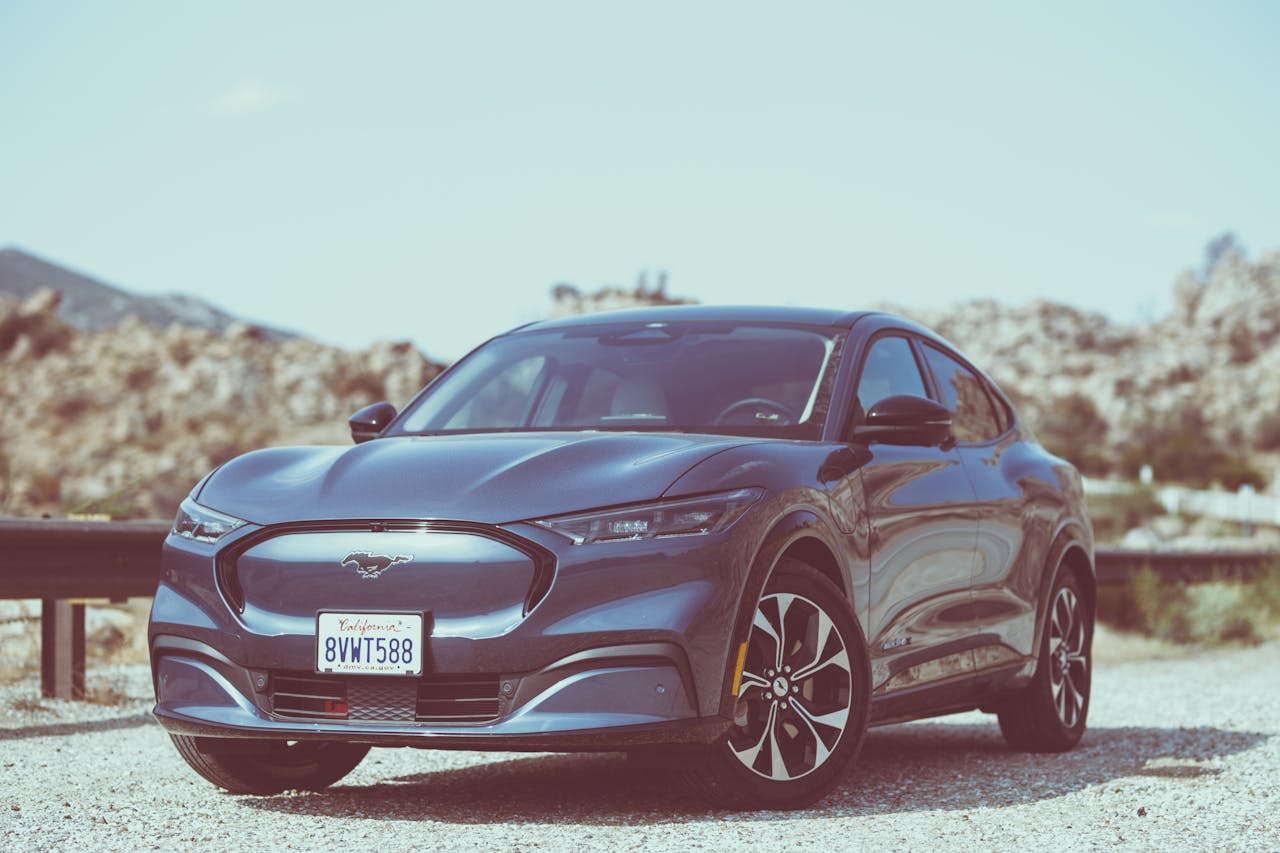
The automotive landscape is undergoing a shift, and Ford, a company synonymous with American muscle and innovation, is at the forefront of the electric vehicle (EV) revolution. From the iconic Mustang Mach-E to the versatile F-150 Lightning, Ford's commitment to electrification is not just a trend, but a strategic roadmap for the future. This blog delves into the heart of Ford's EV journey, exploring their key models, technological advancements, and vision for a sustainable tomorrow.
Paving the Way with Pioneers:
Ford's EV journey started not with a bang, but with a whisper. In 2012, the Focus Electric, a plug-in hatchback, became the first electrified Ford to hit the market. While commercially modest, it served as a crucial stepping stone, gathering valuable data and consumer feedback. This early foray paved the way for the Mustang Mach-E, a game-changer that redefined the perception of electric cars.
The Mustang Mach-E:
Launched in 2020, the Mustang Mach-E wasn't just an EV; it was a bold statement. This electric SUV retained the iconic Mustang spirit, offering thrilling performance, sleek design, and a range of up to 314 miles. The Mach-E wasn't just for die-hard Mustang fans; it appealed to a broader audience seeking a dynamic and sustainable driving experience.
Expanding the EV Lineup:
The Mach-E's success fueled Ford's electrification ambitions. The E-Transit, an electric version of the iconic cargo van, caters to businesses seeking sustainable last-mile delivery solutions. The F-150 Lightning, an electric pickup truck, challenges the notion that electric vehicles lack power and capability. With its 563 horsepower and towing capacity of up to 10,000 pounds, the Lightning is a testament to Ford's commitment to electrifying even the most traditionally gas-powered segments.
Unveiling the Future: Ford's EV Technology:
Ford's EV prowess extends beyond just vehicles. The company invests heavily in battery technology, a crucial factor in range and performance. Its IonBoost technology, for example, recovers energy during braking, extending range and maximizing efficiency. Additionally, Ford collaborates with industry leaders like SK Innovation and LG Chem to secure access to advanced battery cells.
Infrastructure and Accessibility:
Recognizing the importance of charging infrastructure, Ford partnered with Electrify America to install a network of fast-charging stations across the U.S. Additionally, the company offers home charging solutions and mobile charger options, making EV ownership more convenient and accessible.
A Sustainable Ecosystem:
Ford's EV vision extends beyond the car itself. The company is committed to sustainable manufacturing practices, aiming to achieve carbon neutrality in its operations by 2050. Additionally, Ford Blue Oval Charging Network, a subscription-based charging service, encourages the use of renewable energy sources.
The Road Ahead: Challenges and Opportunities:
While Ford's EV journey is impressive, challenges remain. Cost competitiveness, range anxiety, and the development of a robust charging infrastructure are hurdles that need to be overcome. However, Ford's commitment to innovation, strategic partnerships, and consumer-centric approach make it well-positioned to navigate these challenges and emerge as a leader in the EV space.
The Final Lap: A Legacy of Innovation Continues:
From the Model T revolutionizing transportation to the Mustang igniting a cultural phenomenon, Ford has a long history of innovation. With its commitment to electrification, Ford is poised to write another chapter in its legacy, this time focused on sustainability and a cleaner future. As the EV landscape continues to evolve, Ford's dedication to performance, technology, and accessibility will undoubtedly shape the road ahead.